
The Art of Skeletonization And Six Watches Doing it Right
Showing What Matters
“It's what's on the inside that counts” – there is no saying that suits the world of horology better than this. No matter how specialized our watches are for outdoor activities like diving, racing or flying, nothing matters if the movement inside the watch is not up to scratch. And so, watchmakers across centuries have taken great care in creating some incredibly complex and robust movements to serve our needs.
However, movements can also be used to display a watchmaker's skill and craftsmanship – whether through a sapphire crystal caseback, a hinged caseback or an open heart display, there are plenty of ways to demonstrate the inner workings of a watch but the most powerful of them all is the art of skeletonization. Achieved by removing some material from the dial and movement, skeletonization can completely transform a watch and its entire aesthetic. By taking what is typically unseen and turning it into the centerpiece, the art of skeletonization recalls the intense labor that typically goes unnoticed in a timepiece and celebrates it as it so deserves.
The History of Skeletonization
Like many of watchmaking's interesting facets, skeletonization does not have a concise history. In fact, as a horological art form, its origins can be traced back to 1760. Introduced by French master clock and watchmaker, André Charles Caron, the skeletonisation technique was used to showcase his incredible movements and all the work that went into them.
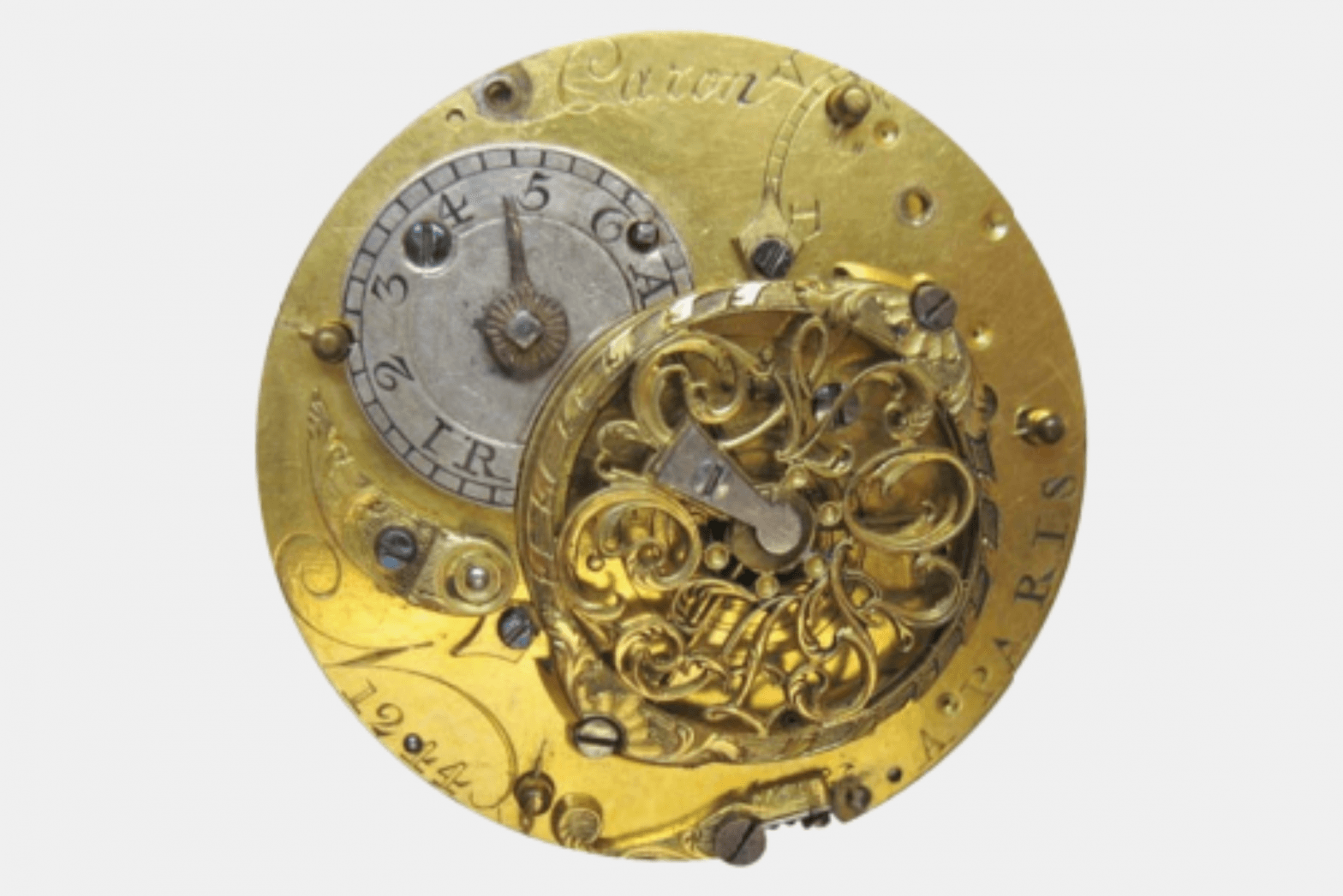
By the seemingly simple idea of carving out some material from his timepieces, he truly transformed his work and gave credence to the notion that less is more. Thanks to the unique effect of skeletonization on timepieces, Caron's watches were unmistakable as his and his work only. While Caron began by skeletonizing the balance bridge, a relatively small part within the movement, it laid the foundations for the phenomenal art form that it is today.
Early Days of Skeletonizing in Wristwatches
While skeletonization did disappear from watchmaking for almost two centuries, it made a rather spectacular comeback in the 1930s when none other than Audemars Piguet noticed how the technique could transform a timepiece and draw attention to the artisanal craftsmanship within horology. In 1934, Audemars Piguet released the world's first skeletonized pocket watch but then between the 1930s and the 1960s, skeletonized watches didn't really pick up. The popular designs of the time were Bauhaus-inspired minimalist classical dress watches with simple dials and basic colors. However, things changed in the 1970s when the Quartz Crisis turned the industry upside down. Luxury watchmakers were suddenly tasked with the job of maintaining their own relevancy to fend off financial ruin. And how did they achieve the same? They skeletonized the dials and movements of their most luxurious timepieces in a bid to demonstrate that the quartz movements were nowhere close to their watches.
What started as a simple artform had now become a lifeline for many watchmakers, who wanted to highlight the mechanical complexity of their timepieces. Ever since, skeletonized timepieces have grown to become some of the industry's most sought-after watches. The intense labor required to skeletonize a dial and the inner workings of a movement have ensured that skeletonized timepieces are in short supply and make for some of the most unique visuals within the industry. So, let's dive into some of our favorite skeletonized watches and find out what makes them special.
Cartier Santos Skeleton
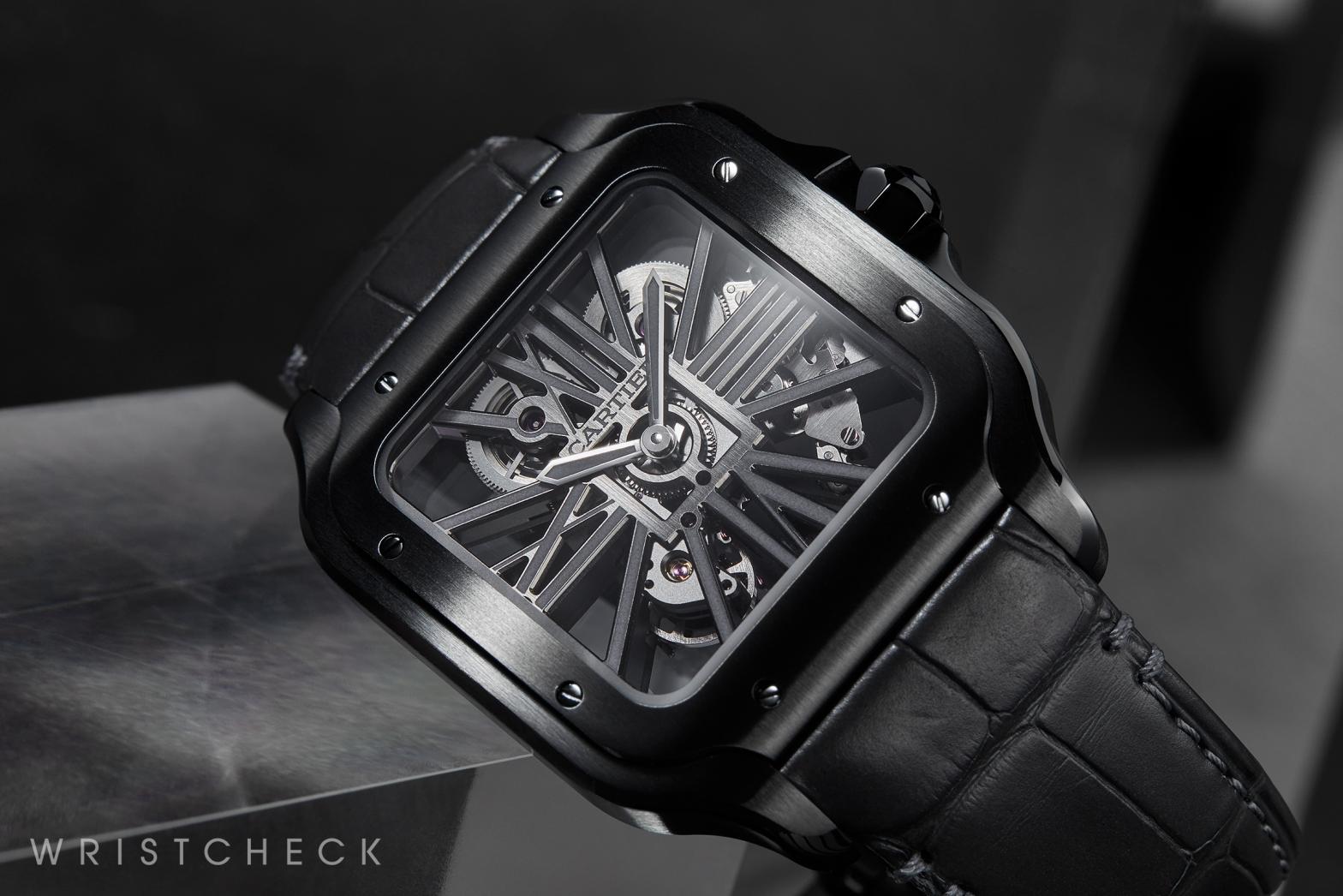
Famed for their iconic timepieces such as the Tank, Santos, and several others, French jeweler and watchmaker Cartier is often at the forefront of horological design. With key tenets of their design, like their use of Roman numerals forming the lynchpin of their aesthetic, it is only fitting that Cartier decided to incorporate Roman numerals into the skeletonized variant of the legendary Santos. Launched in 2018, the Santos Skeleton provides a wonderfully unencumbered view of its manual-wind cal. 9611 MC movement, with its bridges being formed out of the Roman numerals that double as its dial. An incredibly creative synthesis between a technique that isn't often associated with the brand and a key characteristic of the brand, the Santos Skeleton is one of the finest skeletonized watches on the market today.
Cartier Pasha Skeleton
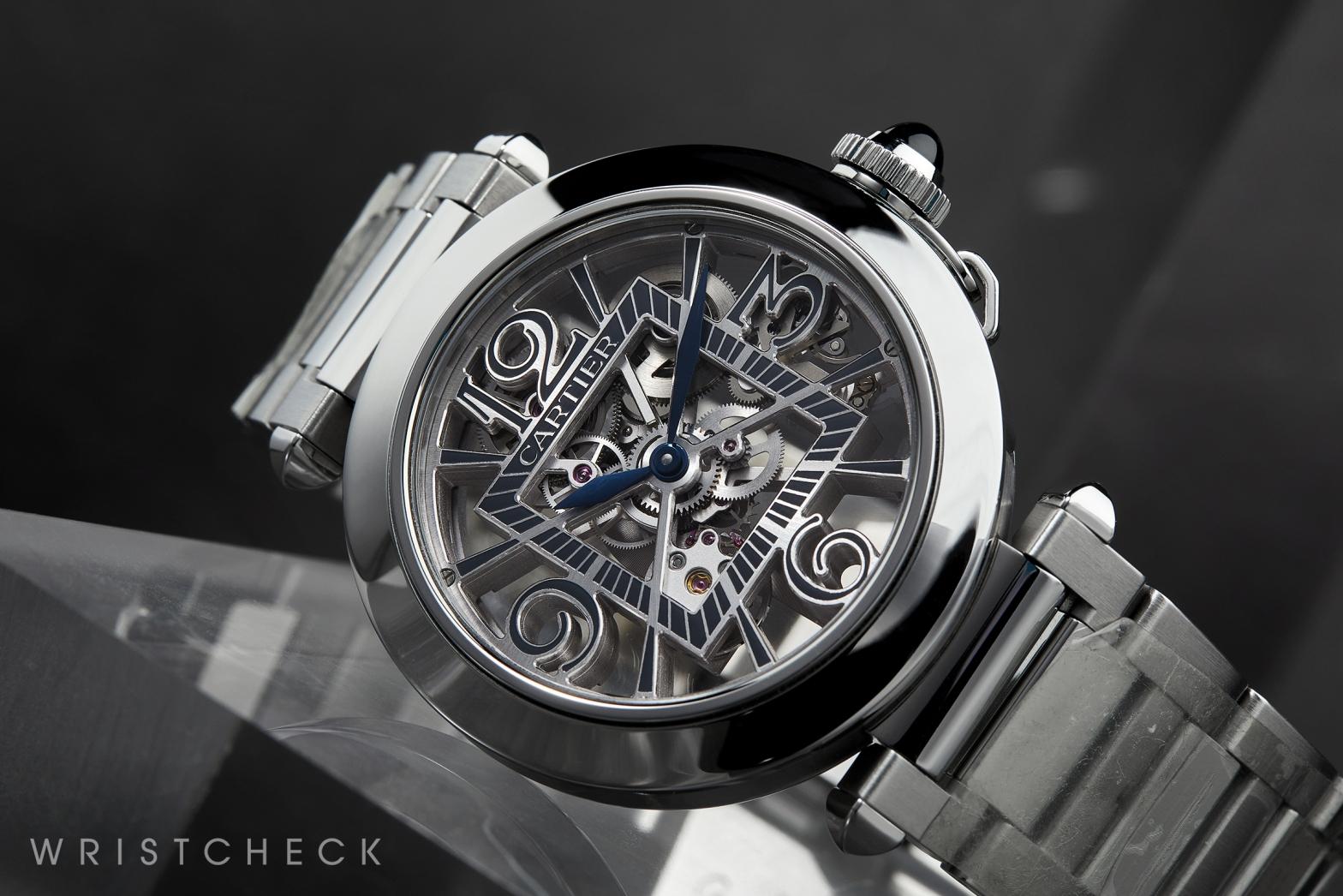
Continuing with another of Cartier's most iconic designs, we have the skeletonized Cartier Pasha. Launched in 2020, this variant of the Pasha reinvents the 1985 design by using Cartier's famed railroad minute track design and incorporating it into a skeletonized display's architecture, much like how the Santos uses its Roman numerals. Carefully balancing the Pasha's distinctly 1980's design with the contemporary attitude of its immaculately skeletonized display and movement, the Pasha Skeleton showcases the level of detail that Cartier can achieve with its myriad of polished bevels and brushed surfaces. Taking an already bold watch and making it even bolder, this is about as classically Cartier as it can get.
Audemars Piguet 40th Anniversary Royal Oak Openworked Extra-Thin Platinum
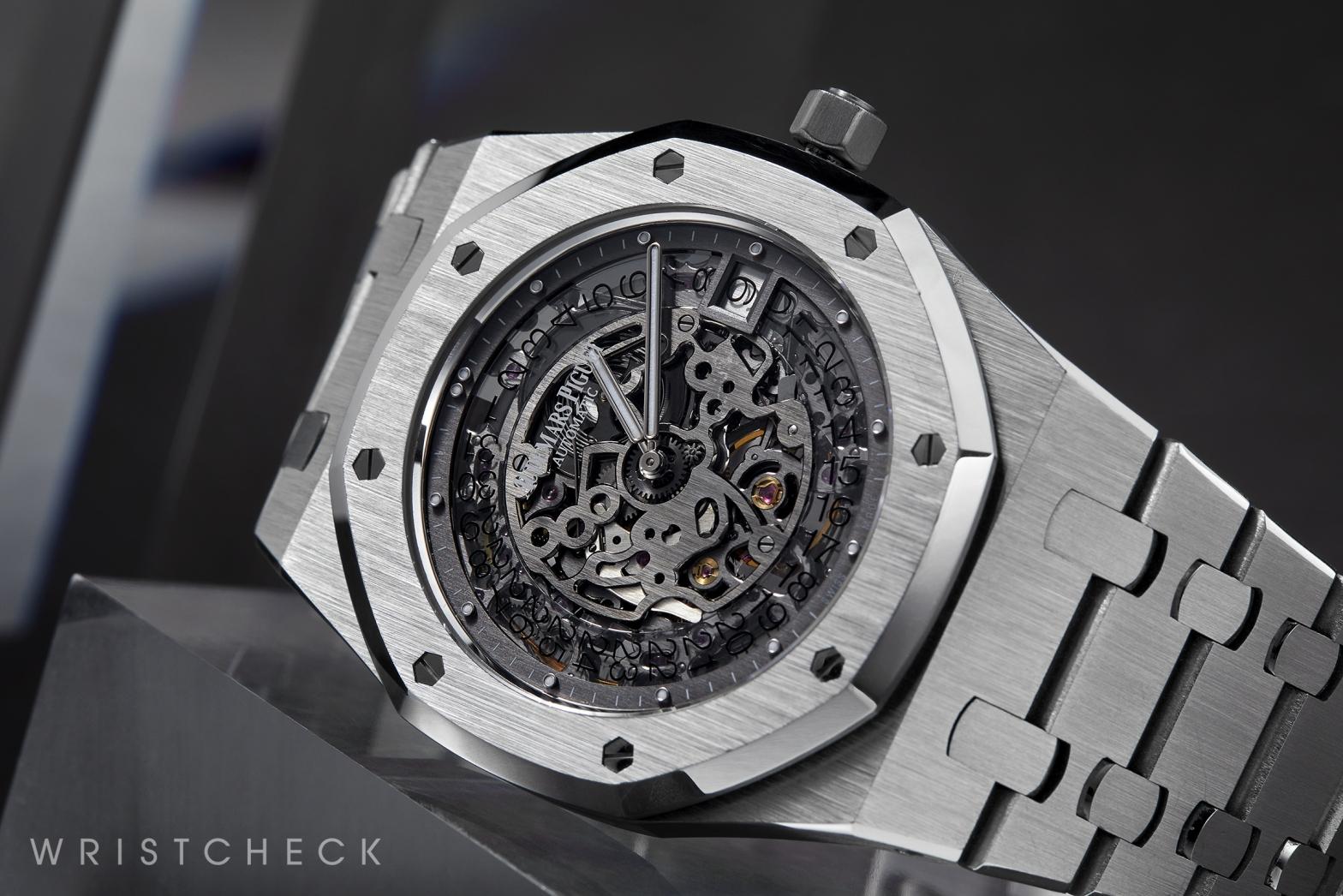
Given their association with the art of skeletonization since the 1930s, it would certainly not be a stretch to consider Audemars Piguet as the OG of skeletonization. However, historical achievements aside, it is what a watchmaker can do today that earns them their plaudits, and the ref. 15203PT deserves to be considered one of the best-skeletonized watches on the market. Launched in 2012 as a limited edition run of just 40 pieces, this watch celebrates the Royal Oak's 40th anniversary while also paying homage to AP's history in openworked dials. Featuring an immaculately skeletonized version of the iconic cal. 2121, the cal. 5122 and a beautifully openworked slate gray dial that pairs perfectly with the platinum construction, the ref. 15203PT is nothing short of a masterpiece. Shining a light on both - the art of skeletonization and the icon that is the Royal Oak, the ref. 15203PT combines two of AP's best-known tenets in complete harmony.
Girard Perregaux Laureato Skeleton Black Ceramic
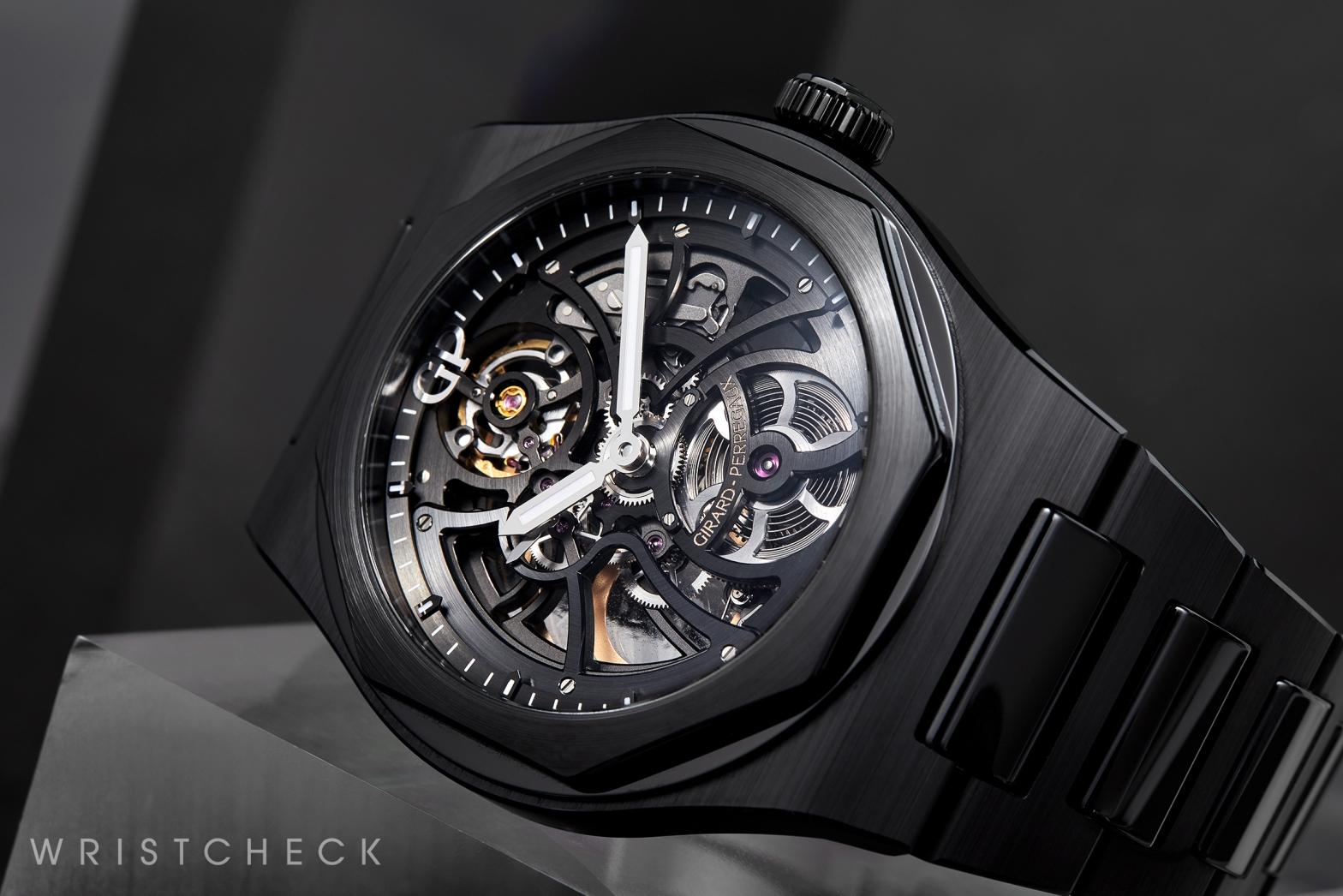
Operating within the pantheon of luxury sports watches since 1975, the Girard Perregaux Laureato was one of the earliest timepieces to follow in the footsteps of the Royal Oak. With its long history, there have been quite a few beautiful Laureato models in the past, but few have been as visually distinctive as this, the Laureato Skeleton Black Ceramic. Made of black ceramic, as its name suggests, this variant of the Laureato utilizes an openworked dial to showcase its skeletonized cal. GP01800-0006 movement. Treated using a galvanic process that has resulted in an anthracite color across its display, the Laureato Skeleton Black Ceramic is a strictly monochromatic timepiece that utilizes the harmonious dance of its mechanical components to elevate itself even further along the path of great luxury sports watches. Lightweight and boasting a beautifully finished movement that is on full display, this beauty has everything one could ask for in a modern skeletonized sports watch.
Zenith Defy El Primero 21 Pantone
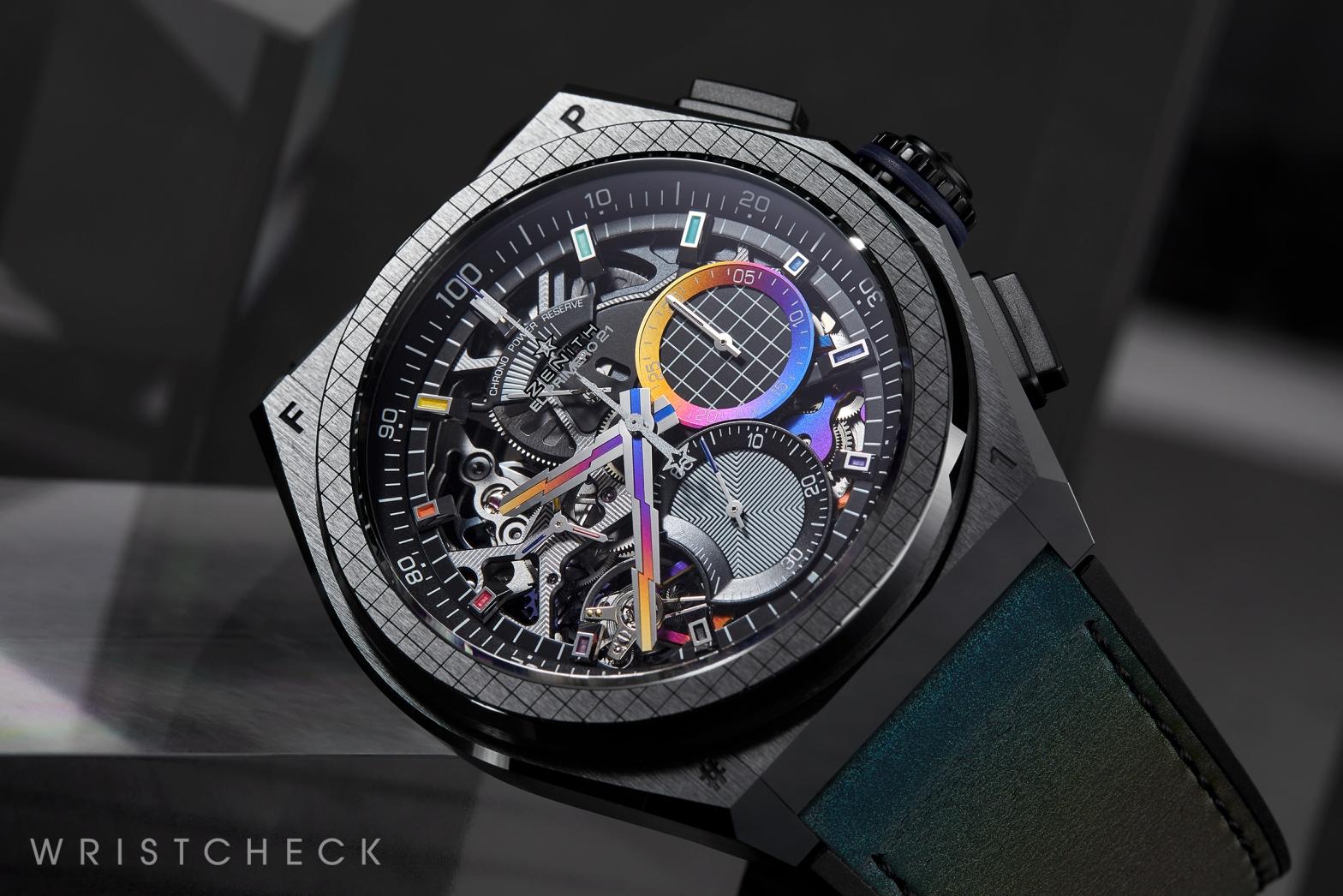
Going from all-black to not-so-all-black, we have perhaps one of Zenith's best-received launches in the last decade — the Zenith Defy El Primero 21 Pantone. Launched in collaboration with Argentinian contemporary artist Felipe Pantone, this timepiece provides Felipe with the perfect canvas to create one of the most unique timepieces on the market today. Featuring a black ceramic case, the Zenith Defy El Primero 21 Pantone uses a skeletonized dial and movement to provide Felipe with the means to alter the Defy 21's bridges, indices, subdials, hands, and dial how he saw fit. Famed for his use of interesting geometry and bold colors, the resulting timepiece uses skeletonization to provide the artist with a wide selection of surfaces, shapes and textures to exhibit his artistic expression. In essence, skeletonization provided Felipe with the same opportunity to express his talents as it did André Charles Caron back in 1760, and he did not disappoint. Instead, he created one of the most stunning skeletonized watches of the last decade.
Richard Mille RM 67-02 Wade Van Neikirk
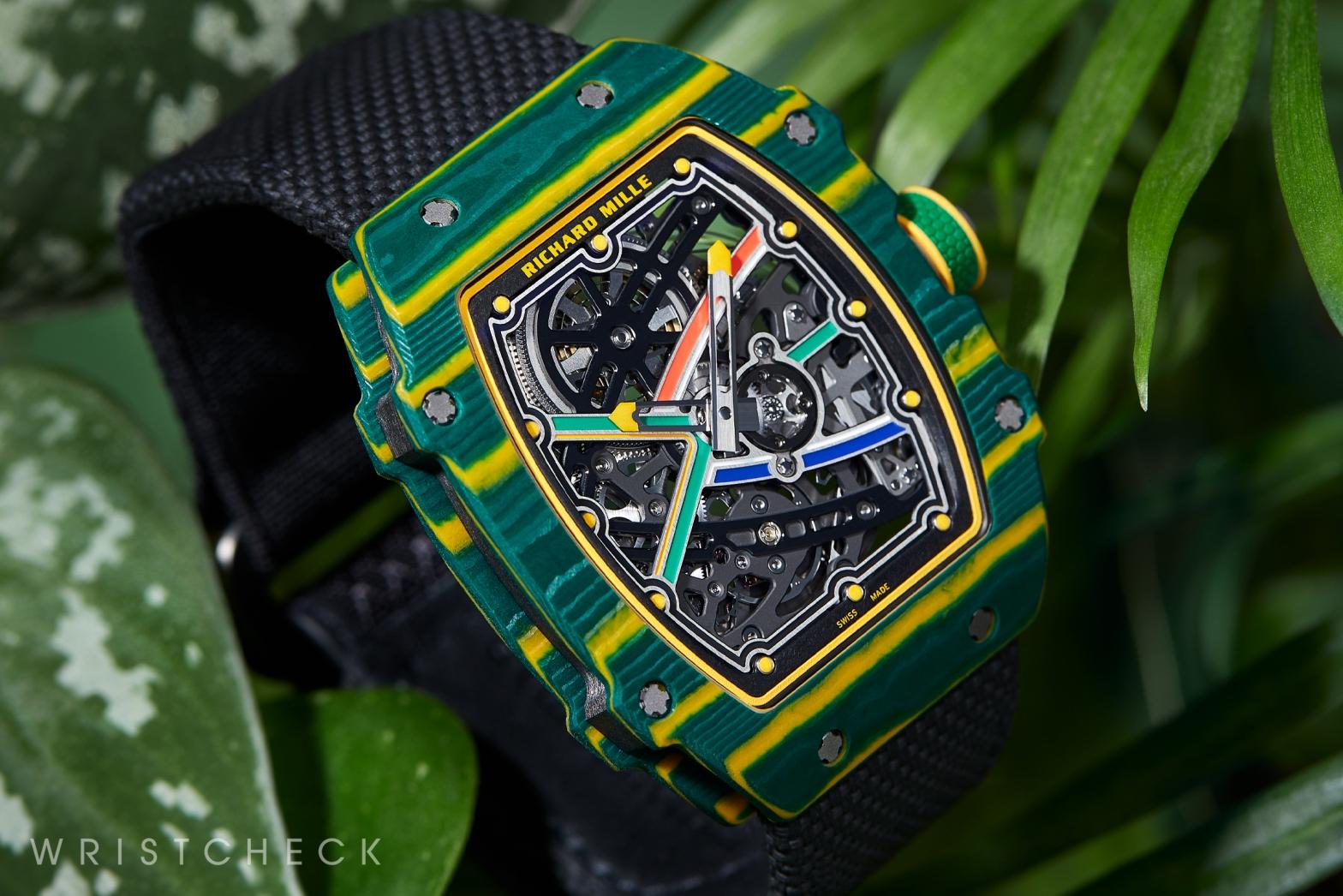
Moving from one iconic collaboration to another, here's our showstopper — the Richard Mille RM 67-02 Wade Van Neikirk. An extreme watch designed for an extreme individual, the RM67-02 was created to be as light as possible to refrain from slowing down the 400m world record holder and South African Olympic gold medallist. Perfectly suited to the runner's needs, the RM67-02 weighs just 32 grams, thanks to its skeletonized display and use of space-age construction materials. Made of titanium, Carbon TPT®, and Quartz TPT® colored yellow and green, the watch pays homage to South Africa, Wade Van Neikirk's native country. In a bid to further solidify this link, the RM67-02 also boasts red, blue, green and yellow hand-painted movement bridges that make this watch one of the brightest and most easily recognizable Richard Mille timepieces on the market.
